Total knee replacement involves replacing damaged joints with prosthetic joints comprised of metal and high-link polyethylene plastic, which is a breakthrough treatment for knee discomfort caused by damaged joint surface, most typically from age-related arthritis.


Total knee replacement involves replacing damaged joints with prosthetic joints comprised of metal and high-link polyethylene plastic, which is a breakthrough treatment for knee discomfort caused by damaged joint surface, most typically from age-related arthritis. The availability of alternative treatments for damaged joints was limited in the past, forcing people to accept deformity and disability and live with painful joints. However, thanks to advancements in medical science and engineering, this issue can now be resolved and its advances are evolving since last 75 years offering patients a qualitative second innings of their life.
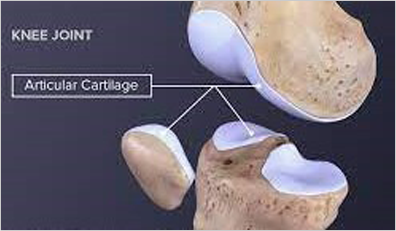
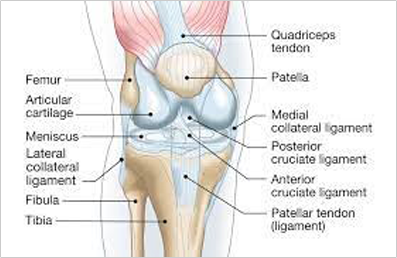
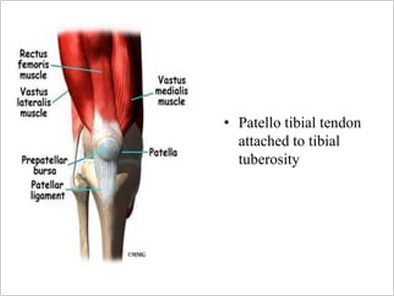
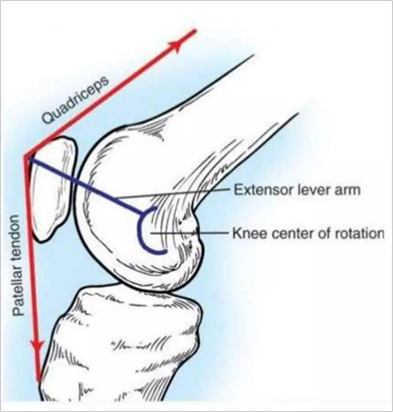
Before surgery, patients should undergo pre-operative preparations such as :
Damaged cartilage and bone is replaced by prosthetic implant consist of three components:
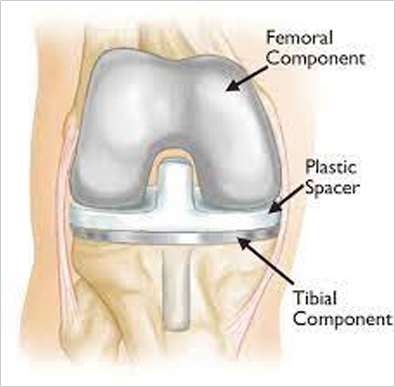
replaces all three compartments of knee
Please complete the form below to request an appointment. A member of our intake team will follow up with you.
Vraj Complex, 302, 100 Feet Rd, Near Shyamal Cross road, Jodhpur Village, Ahmedabad, Gujarat 380015